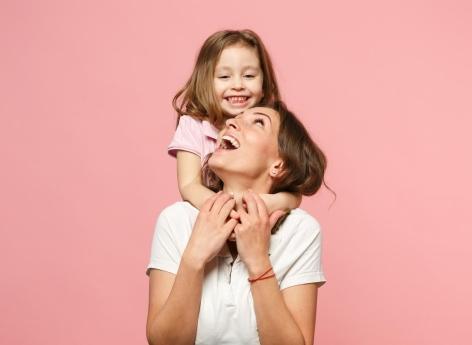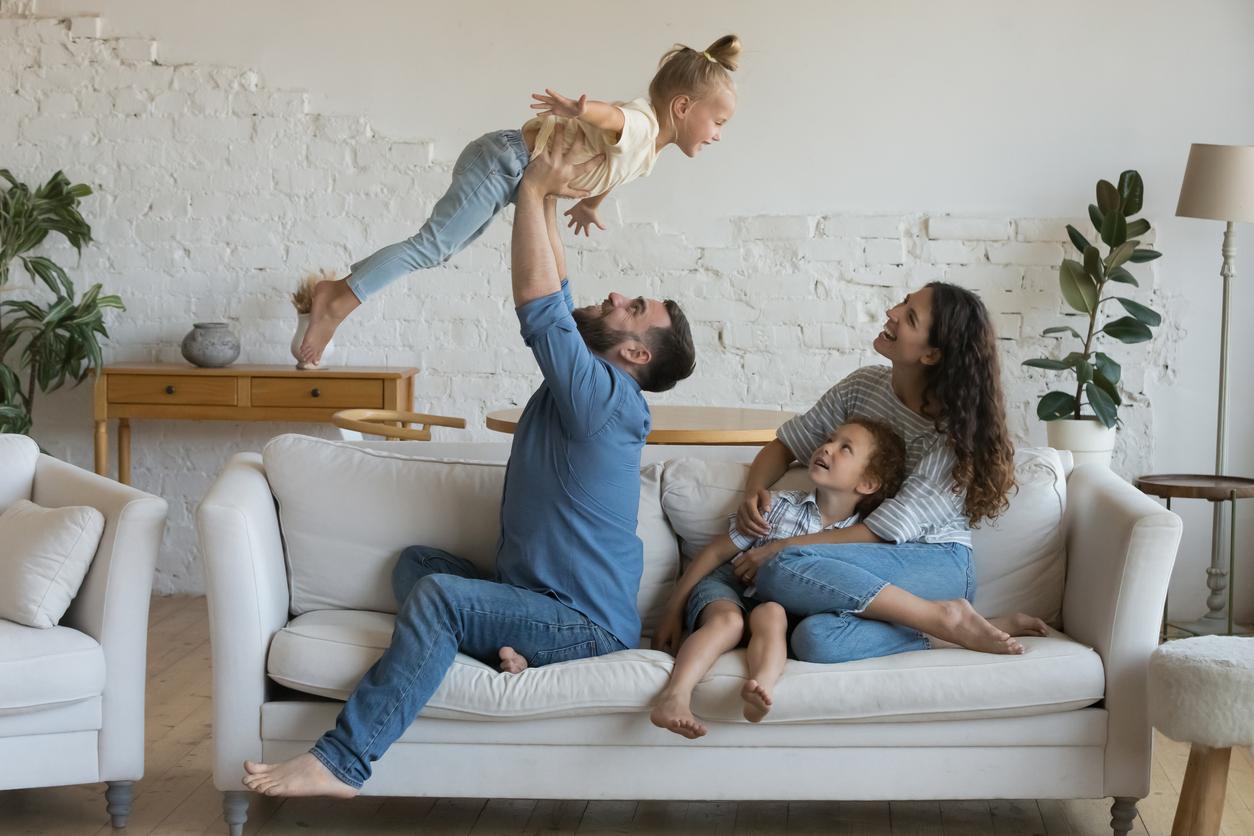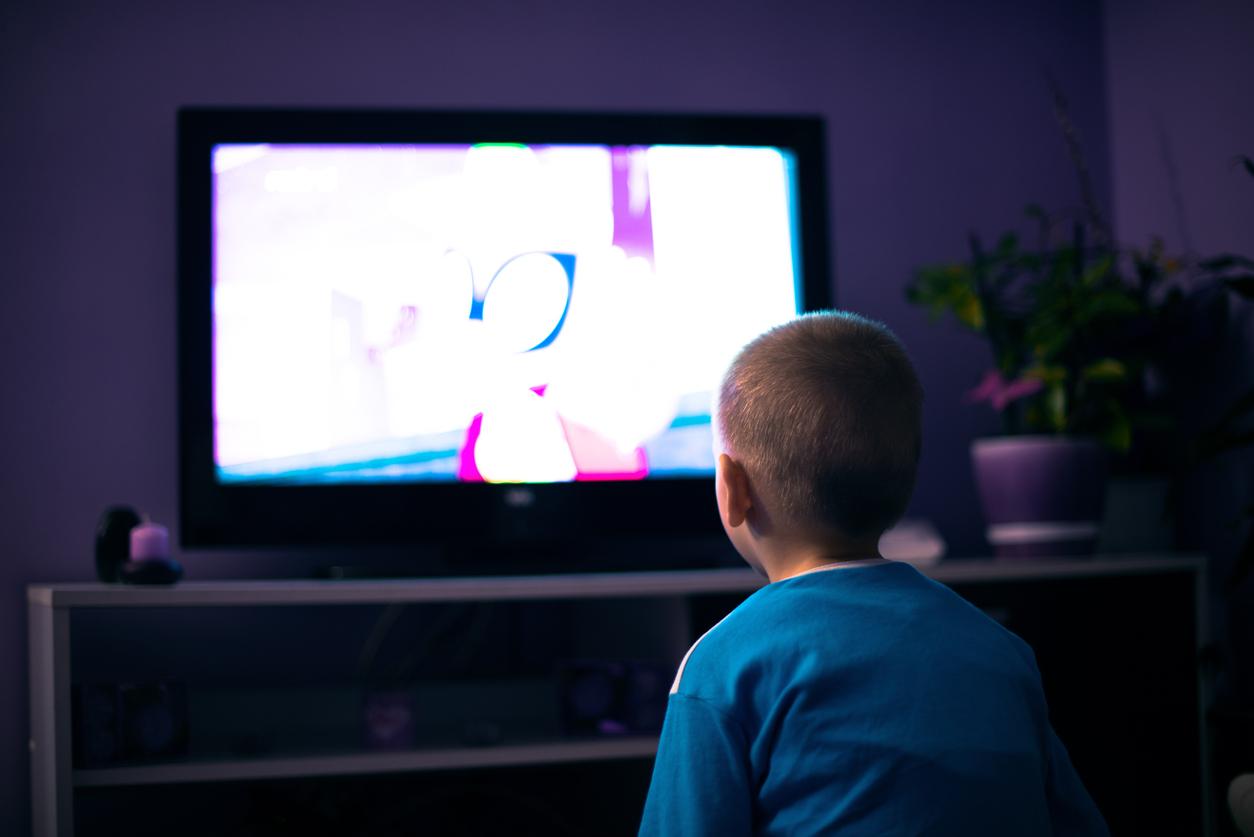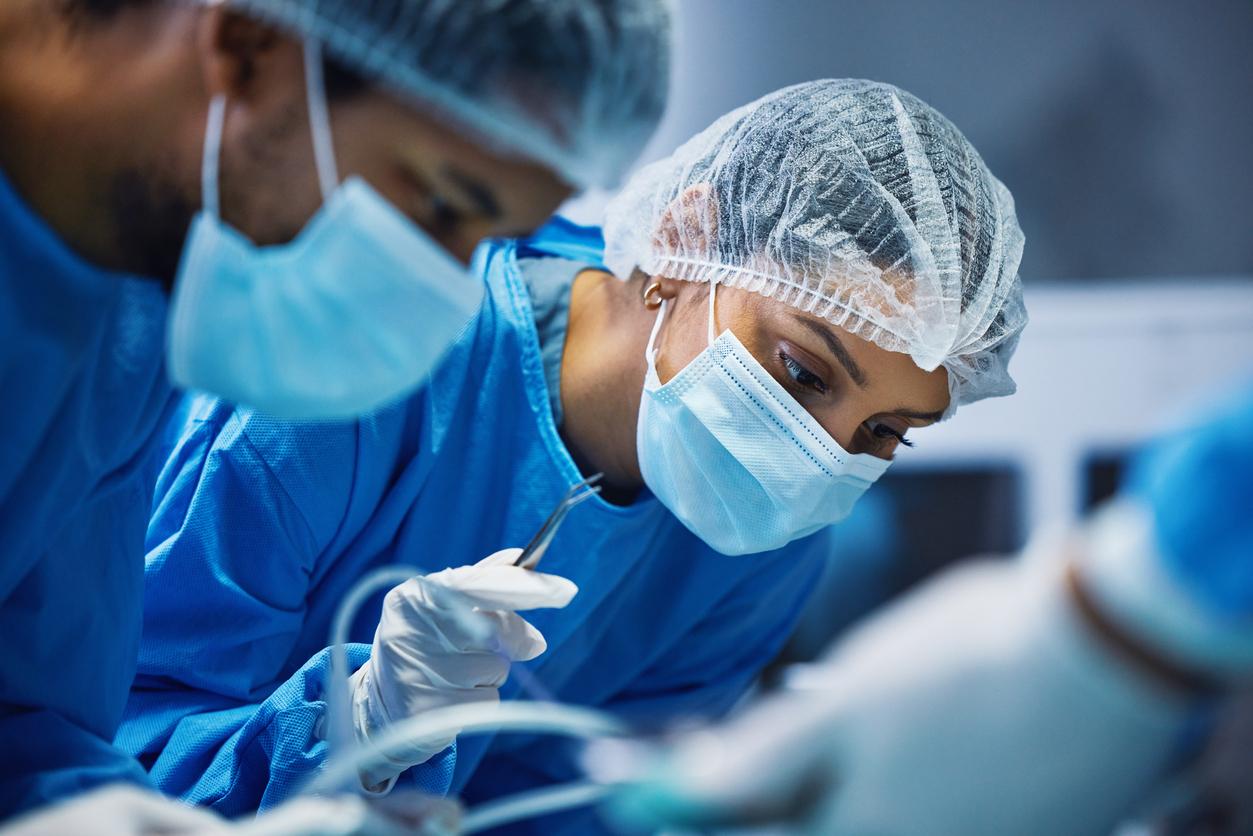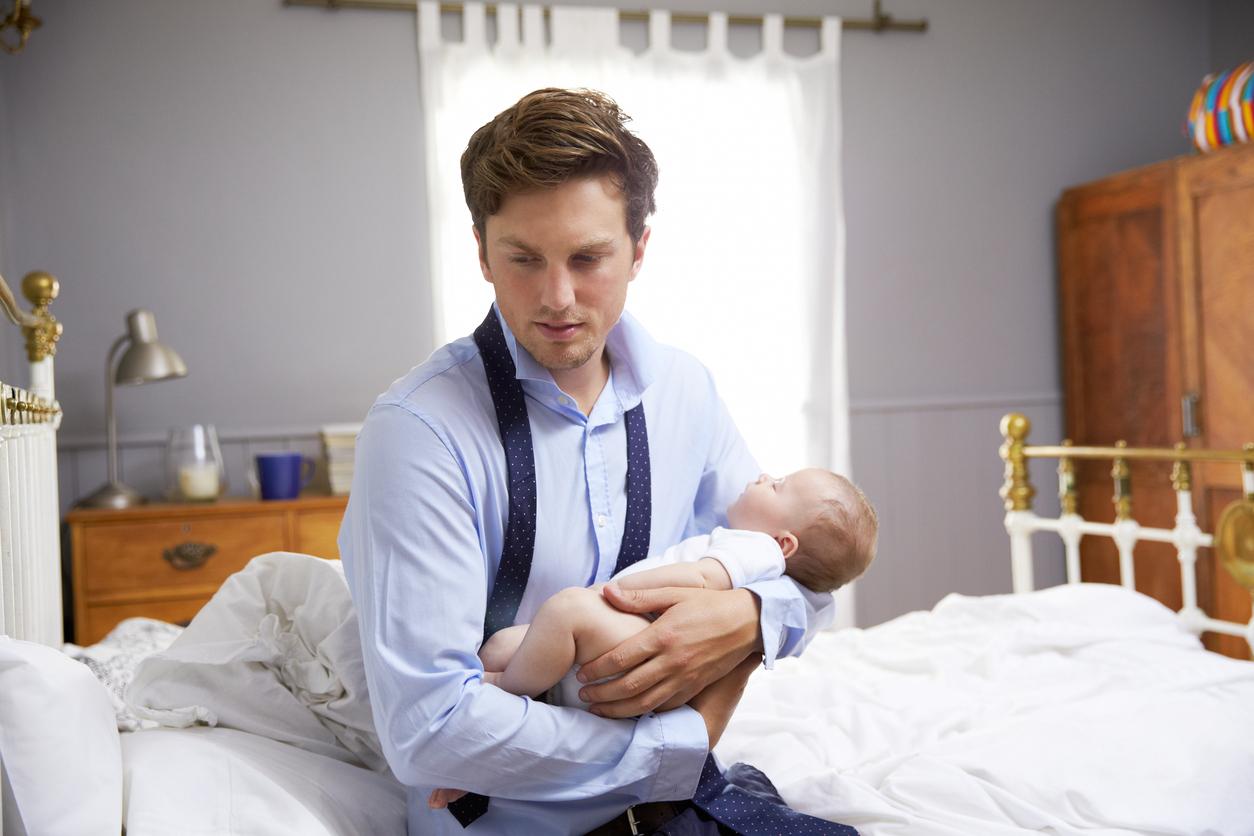The orthoprosthetist, Lydie Journoud, explains how to detect and monitor scoliosis, which affects 5% of children in France, in order to limit complications.
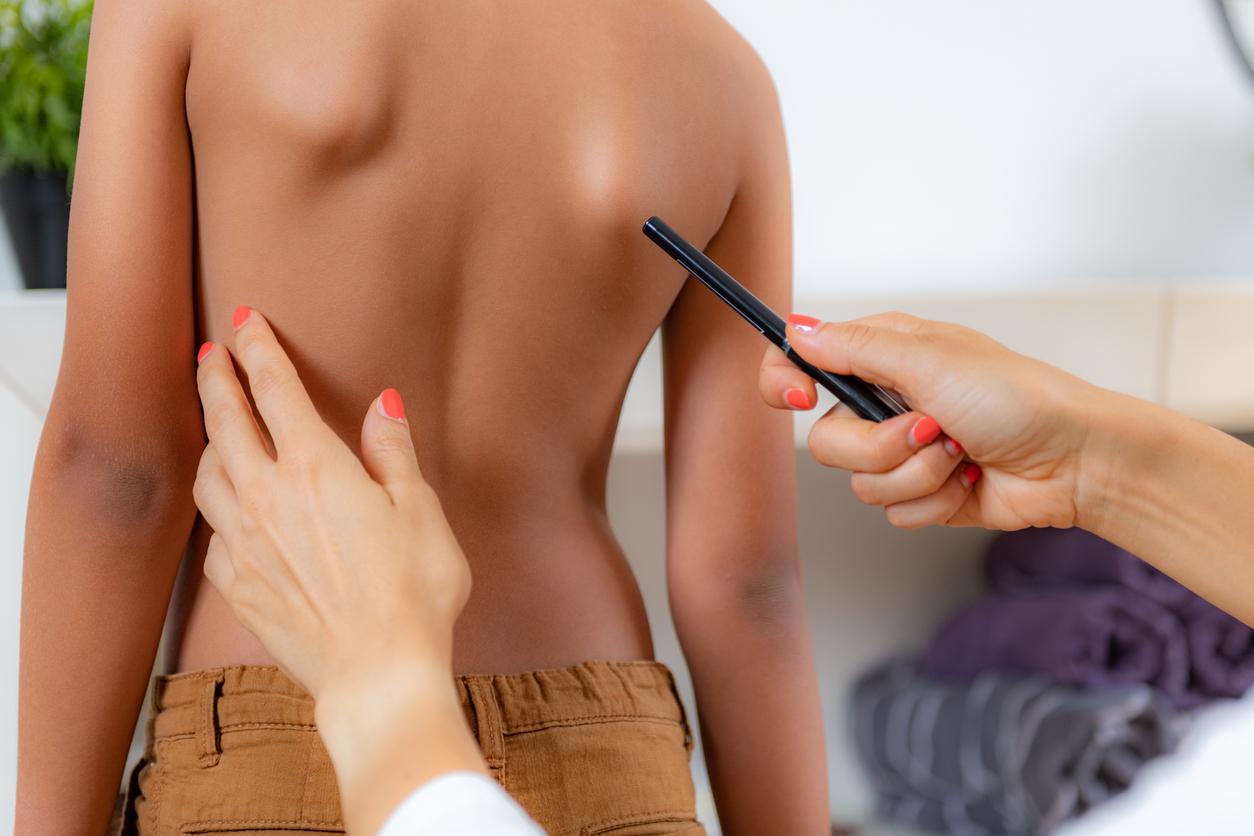
– Why doctor: Nowadays, scoliosis represents a real public health issue. Have you observed an increase in cases among children in recent years?
Lydie Journoud: The pandemic has had an impact on scoliosis screening and follow-up. I have seen that the cases in children have worsened after the confinements, this leads to a loss of chance for young patients. Currently, scoliosis affects on average 0.5 to 2% of 8-15 year olds and girls are eight times more affected than boys.
What are the causes ?
As a reminder, this is a three-dimensional deformation of the spine, that is to say that it affects the three planes of space: from the front, in profile and transversely. It occurs during growth and is progressive.
To date, scoliosis is said to be idiopathic. This means that no cause has been found and associated with its occurrence. Thus, contrary to what one might think, it is not caused by a bad position. Currently, several genetic and hereditary tracks are being studied.
Scoliosis: the back “starts to turn like a spiral staircase”
How can parents spot scoliosis?
In general, this deviation is asymptomatic. Clearly, patients do not complain about anything, because it does not trigger pain. In case of scoliosis, the back does not make an “S”, but it starts to turn like a spiral staircase. This deformity is not visible when the child is standing or walking.
To detect it, you should inspect your daughter’s or son’s back using the ScolioEye application. In practice, parents should ask their child to stand up, join their arms and then lean forward, head down and legs straight. If an asymmetry is observed, they should take the young patient to a medical professional.
At what age does scoliosis screening begin?
The follow-up and observation of a patient’s back is done throughout his childhood. But the two pivotal moments correspond to the peak of growth at the age of 6-7 years and at puberty. In general, it is the attending physician and the pediatrician who are in the front row. They confirm the diagnosis to the parents and then refer them to a specialist.
“You can’t cure scoliosis”
What methods make it possible to limit complications in children?
There is no cure for scoliosis. On the other hand, it is possible to limit its evolution if the deviation is progressive. The management of this deformity often consists of wearing a corset to support the spine during the night, after school hours or for 23 or 24 hours. This orthopedic treatment is associated with rehabilitation. In case of failure or worsening of the scoliosis, we have recourse to surgery, the aim of which is to correct the deformities of the spine using metal rods fixed to the vertebrae.
What are the consequences of untreated scoliosis?
The main impact of scoliosis is aesthetic. However, in adulthood, it can cause back pain because the vertebrae are not stacked well on top of each other. Result: A tension is present in the discs. In case of severe forms, this deviation can be responsible for respiratory problems, because the vertebrae are connected to the rib cage.








